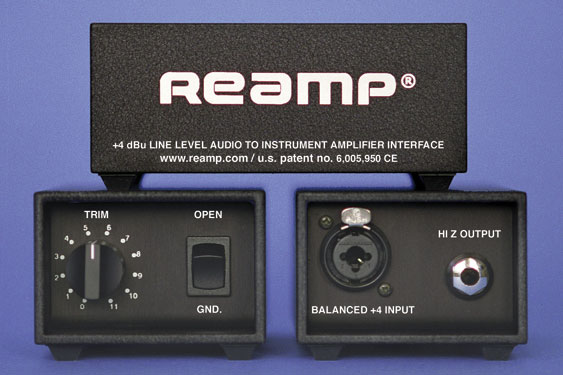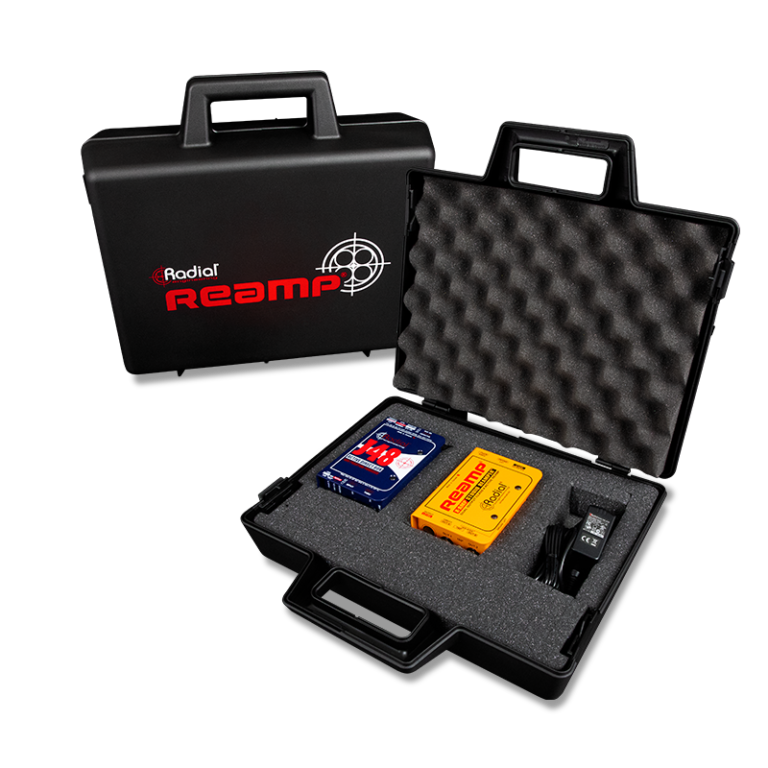

The second channel is only there to help you play your instrument perfectly by providing you with the right tone. You can add amp simulators and software effect pedals onto the second channel and get your desired reference tone. Use one of the channels to record the clean audio signal from your instrument so that you can reamp it later. If you decide to use an audio interface, what you have to do is plug your instrument directly into the audio interface and create two audio channels in your DAW that receive your instrument’s signal. The first stage of this process is known as the recording stage.Īt the recording stage, you can use a DI box or an audio interface, or a combination of both. However, there are some benefits to using a DI box to reamp rather than using other means.Īs I mentioned earlier, the reamping process is actually a two-stage process. Using a DI Box is one of the ways to reamp. It also opens up the possibility of experimenting with various unique guitar amp settings without worrying about the initial recording. In summary, reamping gives guitar players, recording, and mixing engineers the opportunity to try out different microphones and pedal combinations without the need to record the guitar multiple times. And you may spend so much time finding the right guitar tone that the idea gets lost. Sometimes, you may get an excellent guitar riff idea as a guitar player. The great thing about reamping is that it allows you to decide on the perfect guitar tone later. Having the pre-recorded track enables you to experiment with different amplifiers and pedals when mixing your song. You can capture this track by using a DI Box.Īfter recording your guitar, you can now run them through an amp or guitar pedals to get your desired guitar tone. This track must be a crystal-clean recording of your instrument and must not be processed through any effects. The second stage is referred to as the reamping stage because this is where the actual technique of reamping is done.īefore you can reamp a particular track, you need to capture that track so that it can be subjected to reamping at a later time. And the second stage is known as the reamping stage. This is where the clean signal is first recorded. The first stage is referred to as the recording stage. One thing you should note is reamping is actually a two-stage process. It allows them to process an already recorded clean guitar sound through different guitar effect pedals and amps to get the right tone. This is a widely used technique by guitar players and studio engineers and has been around for a while. Just as the name suggests, reamping is a technique that involves the taking of a pre-recorded audio track and re-amplifying it by passing it through an amp or effect units in order to come out with a tone that is a great fit for the song.Īlthough reamping is mostly used for guitars, recording and studio engineers reamp bass guitars, drums, and even vocals sometimes by running it through different outboard gears, effects, and more. What Does Reamping Mean & How Does It Work?

This arrangement is commonplace in the electronics industry. They don't use that messaging, so therefore, I think there may be something else afoot over at Radial.Radial and I have worked out a simple arrangement for the patent not the trademark Reamp®. I sit at the feet of the gurus here, but just for argument's sake, if they did license the Cuniberti process, then I believe that would buy them the right to use the word Reamp (R).


 0 kommentar(er)
0 kommentar(er)
